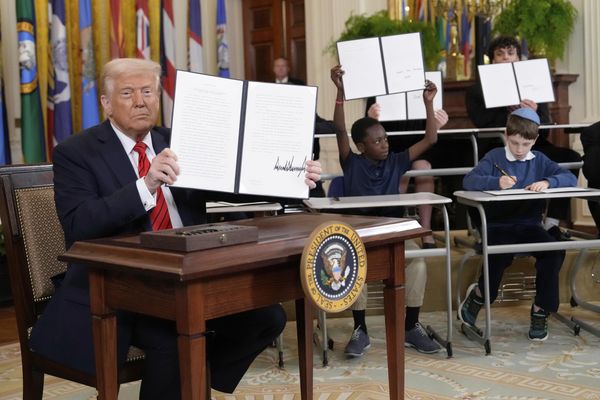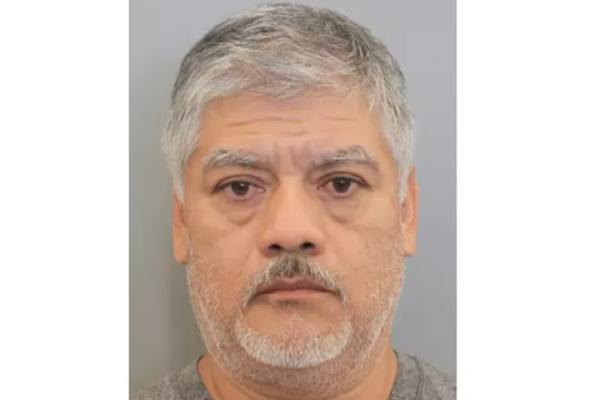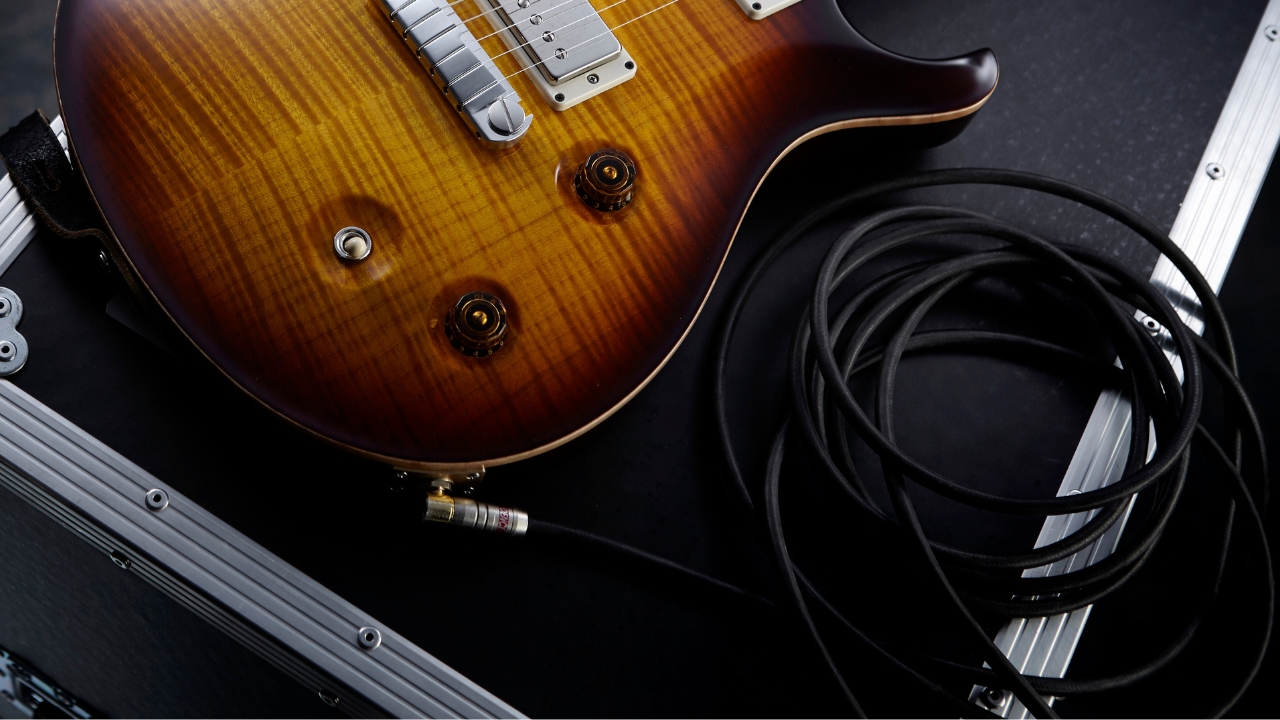
When I was asked to write this article my immediate thought was no, you don’t need a different guitar cable for studio, live, or practice. Guitar cables are all the same right? Those $100 gold-plated ones are the ultimate snake oil and you should just use the one that came in the box with your guitar. Tone is in the fingers after all.
On reflection though, as I struggled to think how to expand this question, certain things did start to occur to me. You need a long cable to play live. A great quality, shorter cable is a great option for the studio. For practice, you want something that enables you to move around, but not one so big it causes you to trip over when reaching for your phone.
So, revisiting my earlier cynicism I elected to recall my own trials and tribulations gigging, recording, and endlessly practicing over the last twenty years, combined with some good old-fashioned online research, to demystify the humble guitar cable and all its various uses.
Does cable size matter?
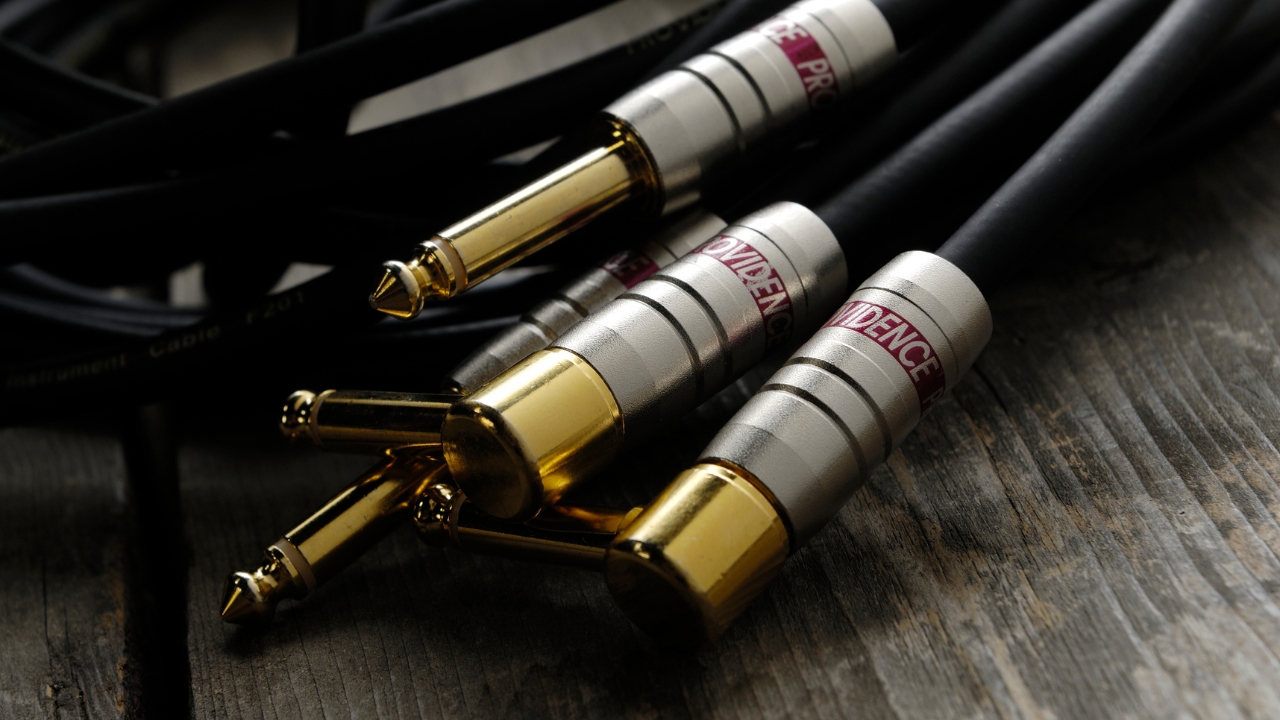
Unfortunately in this instance, size really does matter. The longer a cable, the more chance you’ve got of losing some of your high-end. Jimi Hendrix famously preferred an extra-long coiled cable, precisely because it cut out some of that harsh high end from his monstrously loud guitar tone.
The reason a long cable removes some of the high-end is all down to something called capacitance. Without sounding like your high school science teacher here, essentially as a signal passes through a guitar cable, some of the high end of the tone is lost. The longer the cable, the more tone you lose. Guitarists often call this ‘tone suck’.
Does my tone suck?
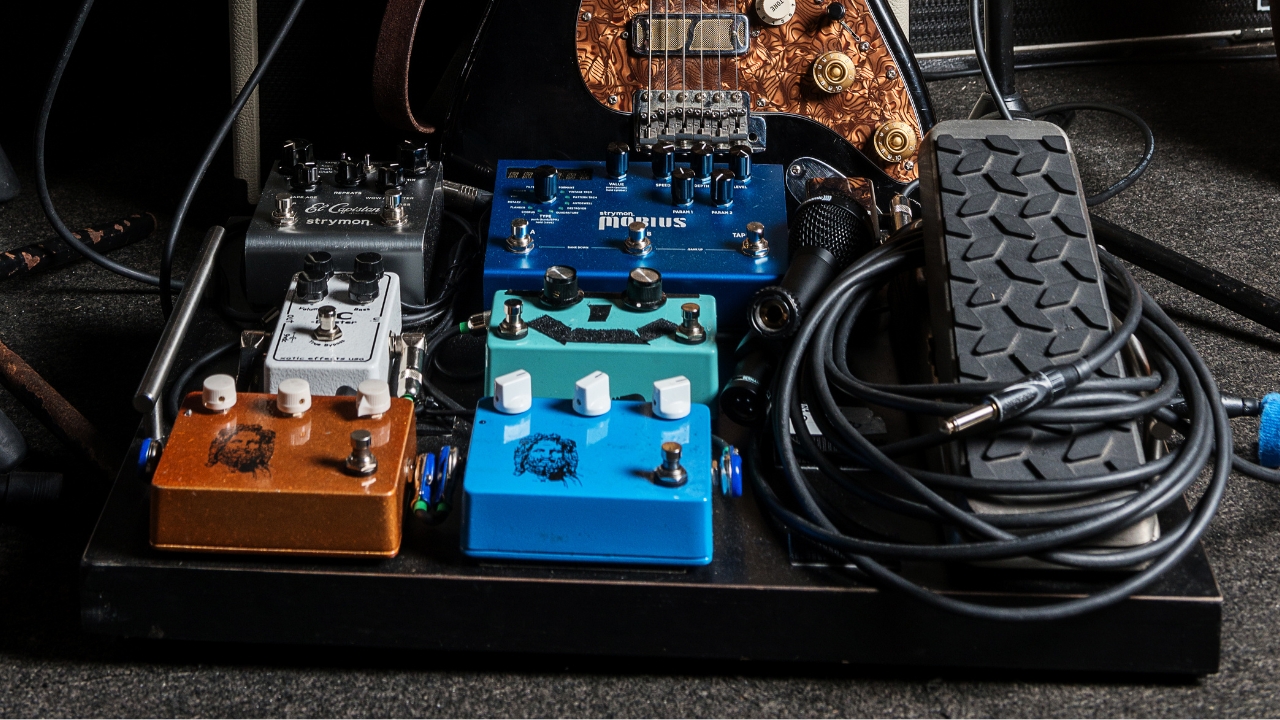
Think about your own rig for a second. You’ve got a cable going from your guitar to a pedalboard. Then all the patch cables between your pedals, then presumably another guitar cable going out to your amplifier. How much cable length does that add up to? And don’t think because you have a bunch of true bypass pedals that you're immune to the effect, because you’re not.
According to Boss, around 18 feet of cable is where you’ll start noticing tone suck. There are plenty of cables that are that length by themselves, never mind how much is going through your massive pedalboard and into your amp. So if you’re playing live, recording, or just practicing, you’re going to need the shortest cable possible to maintain your tone right? If only it were that easy.
What cable length should I choose?
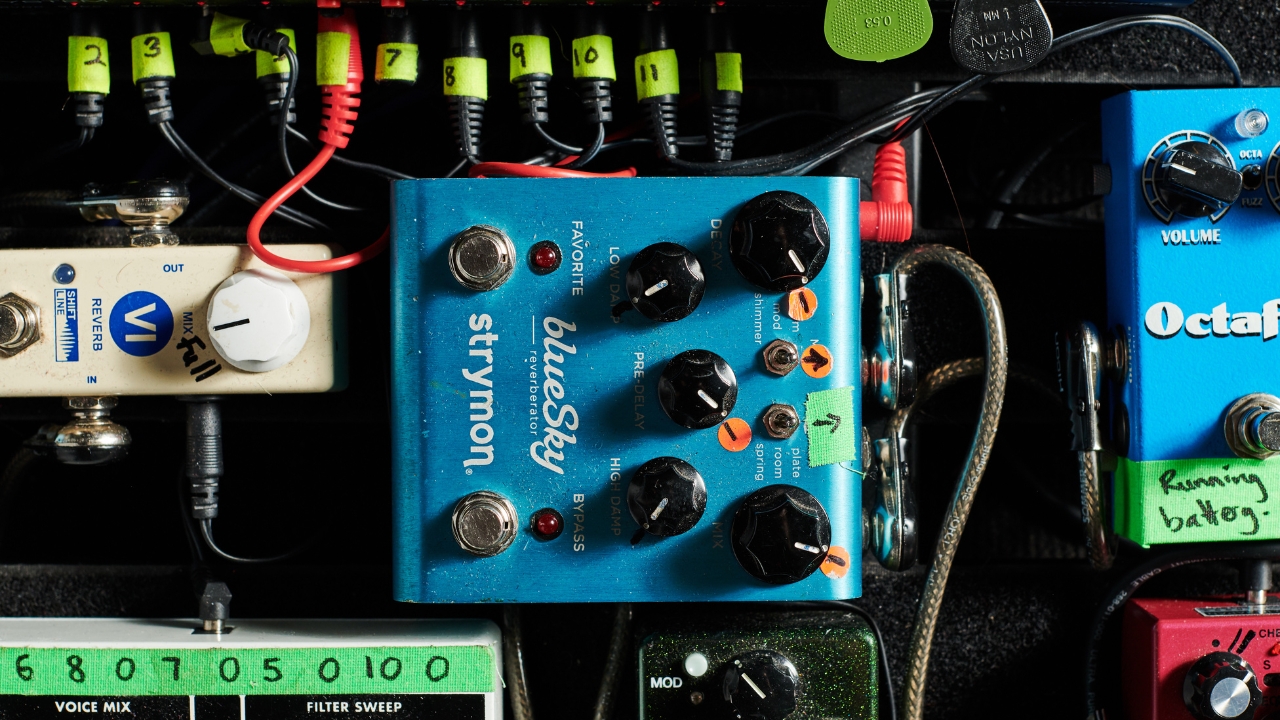
In an ideal world, you’d have the shortest possible cable to your guitar, then custom-soldered ones for the exact length of your pedalboard, and then the bare minimum for the run to the amp. To be fair, that would suffice if you’re only recording or practicing, but you’re still probably going to be over that magic 18-foot mark. You can also forget about using that setup live.
Buffer that 'board
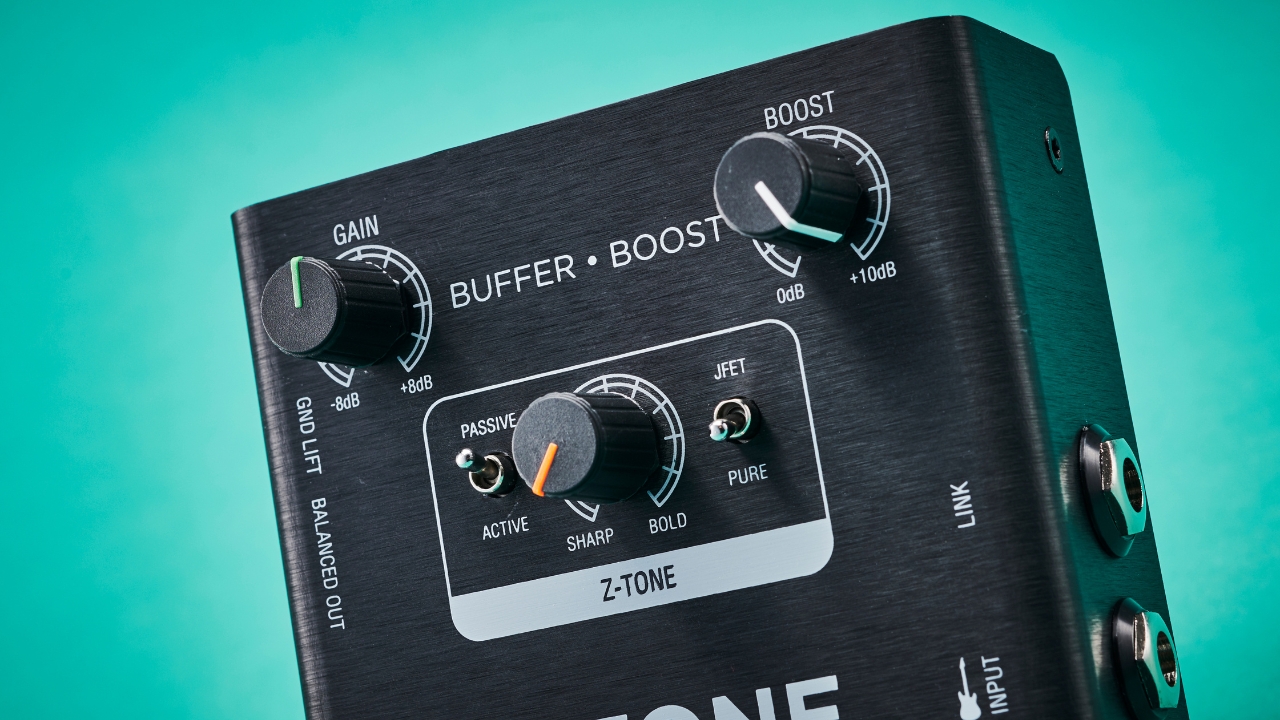
So if you’re gigging your local venue and want to keep your tone but still use a cable that enables you to get around the stage and put your foot on the monitor for an epic guitar solo, what’s the answer? You need a buffer.
A buffered pedal at the beginning of your signal chain allows you to combat the effect of capacitance loss, even with cabling around 100 feet long after the pedal. That means you can keep your monster pedalboard, and keep your hard-fought guitar tone no matter your cable length.
Which cable is right for me?
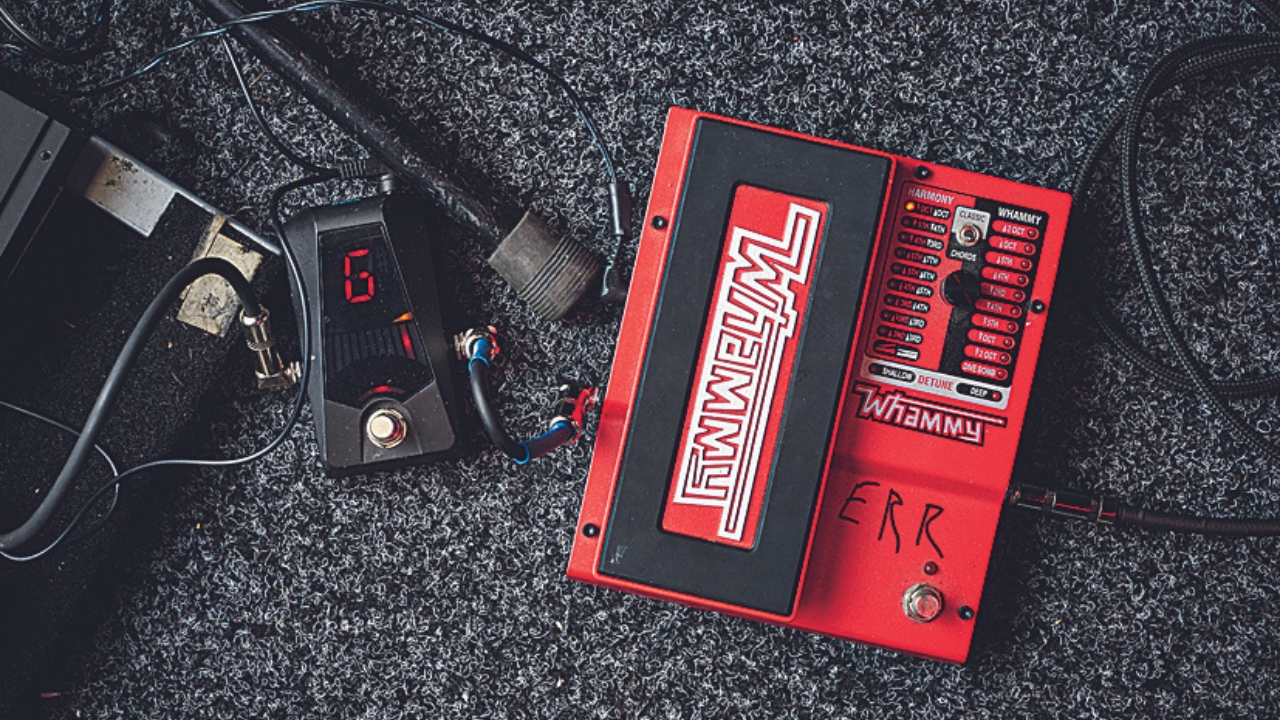
Of course, you’ll still probably want to have a separate cable for each use case. A high-quality, short one for recording. Something a little longer for practice, and then finally one big enough for you to get around the stage for live playing. I use a 25-foot cable which is great for getting around smaller venues, and if you need any bigger than that, you might want to start looking into a guitar wireless system.
Quality is a factor as well, but there’s a bigger gap from the Amazon basics guitar cables to a regular Ernie Ball or Fender one, than there is from the aforementioned to a super-expensive Mogami gold cable. So long as your cable is well shielded, and you have a buffer in place for longer runs, you should have no issues getting a non-sucky guitar tone. The rest is down to those magic fingers.
- Learn more about expensive vs cheap guitar cables



